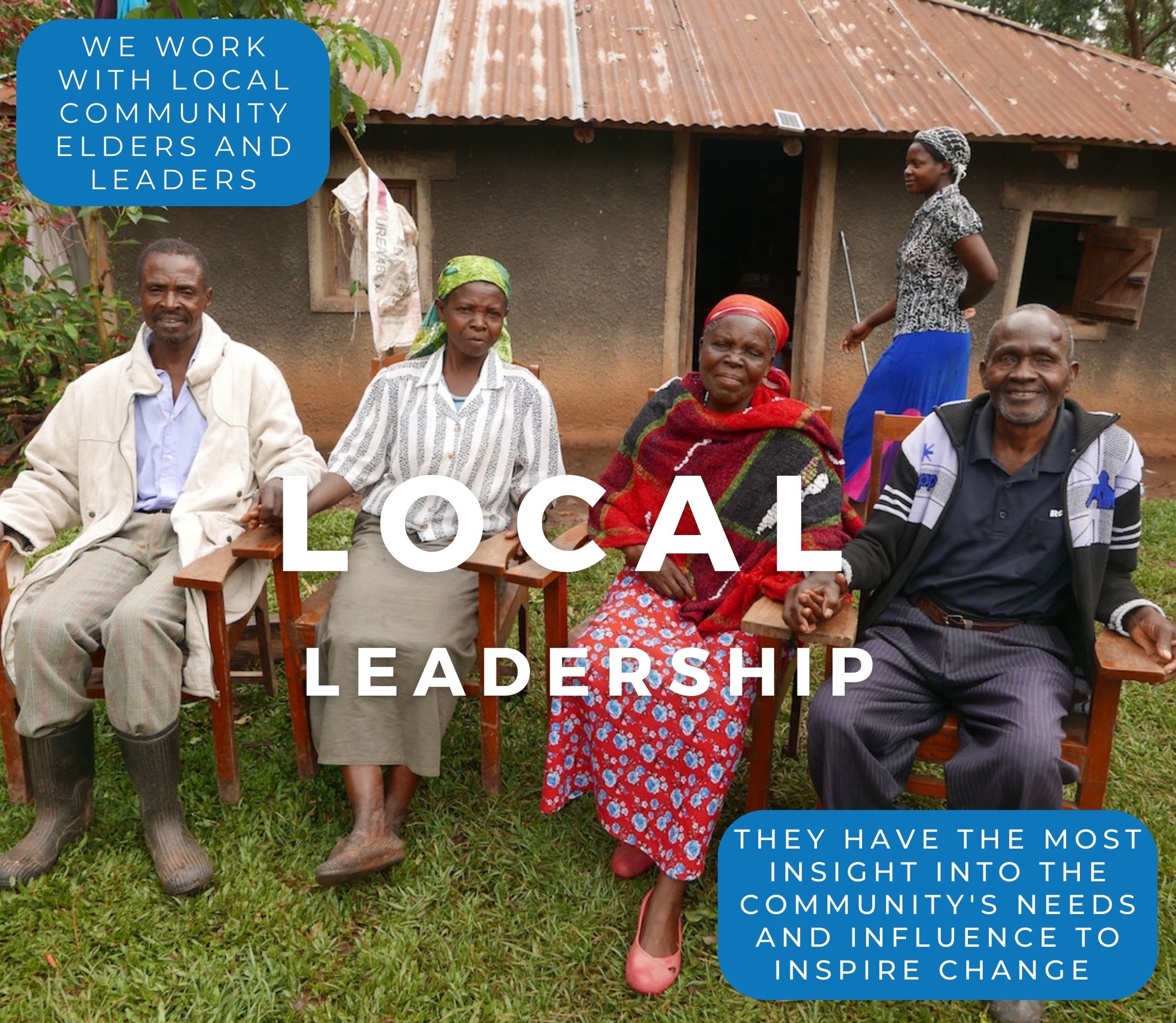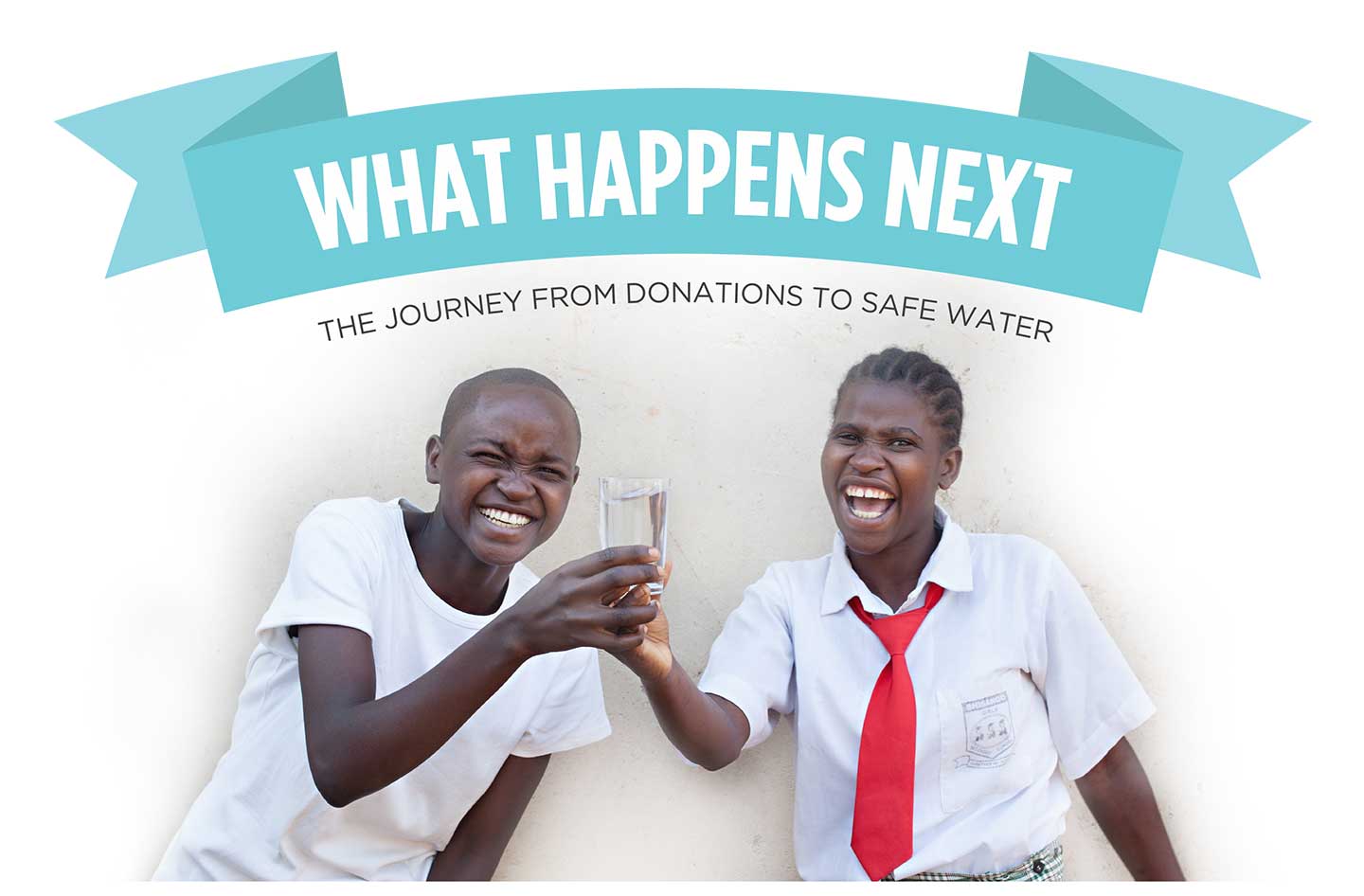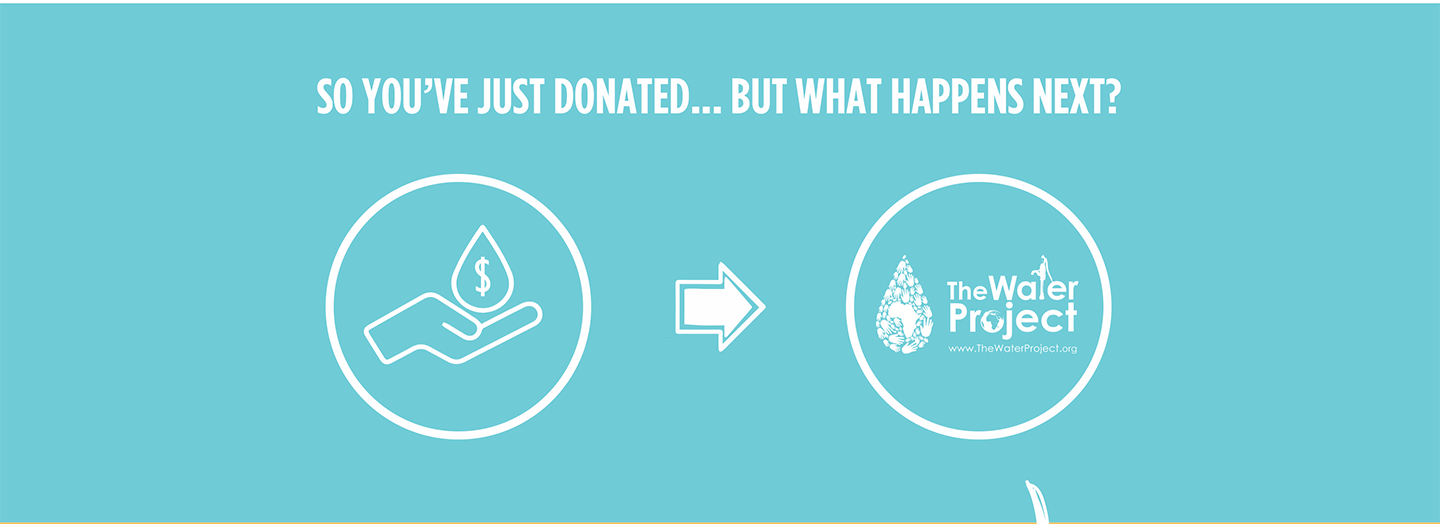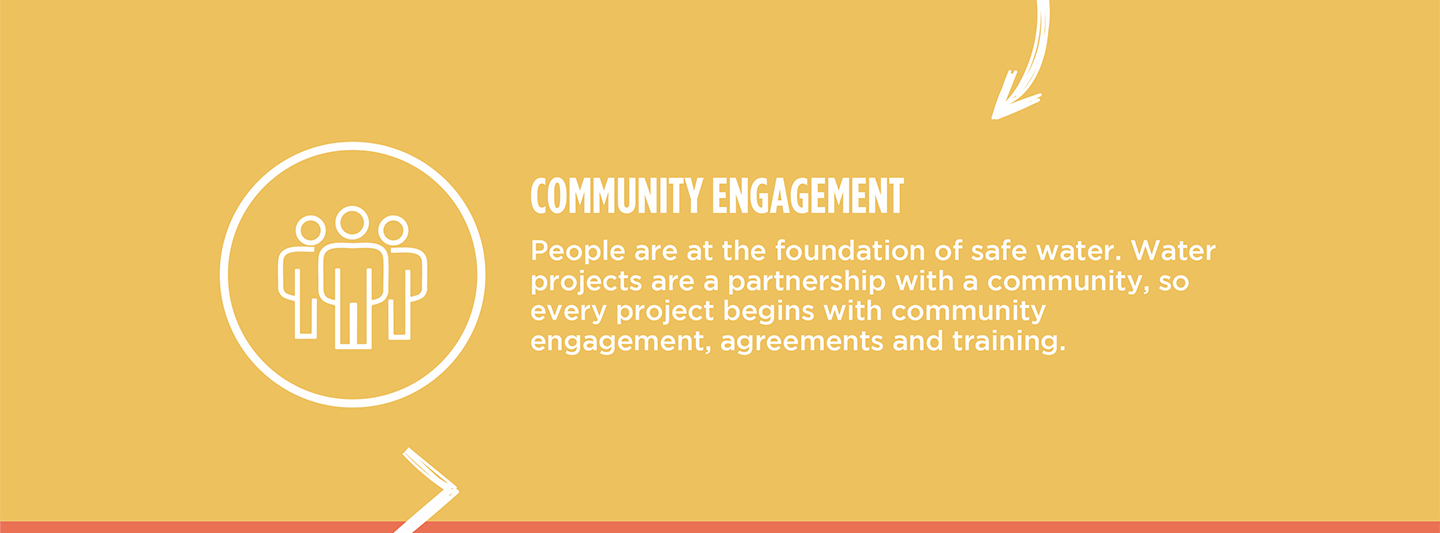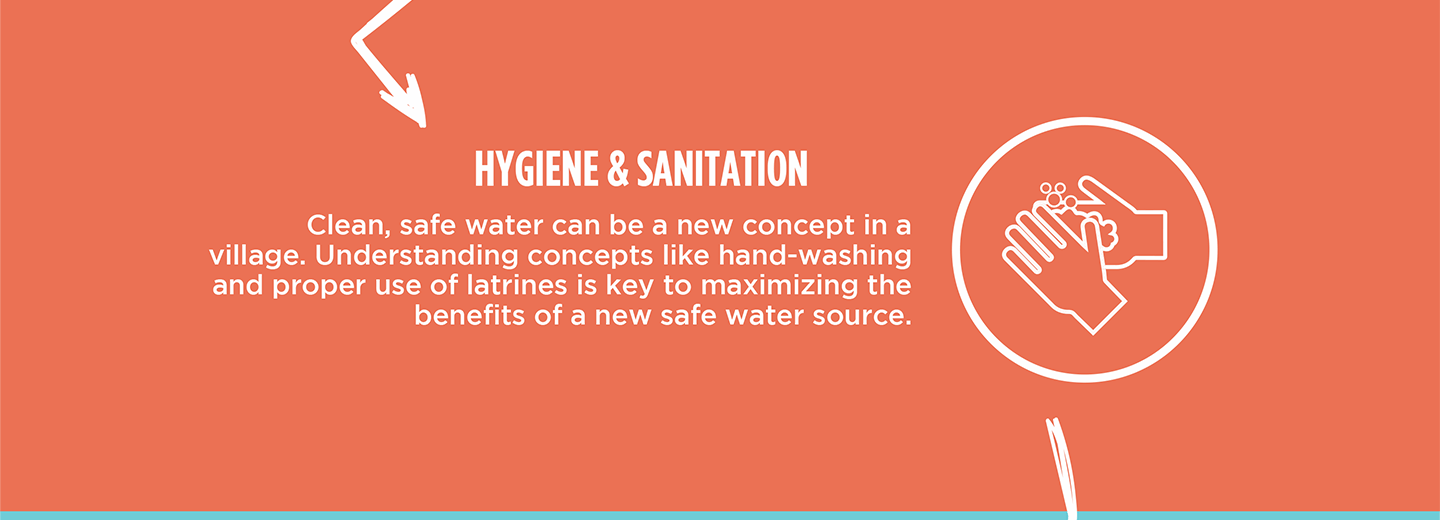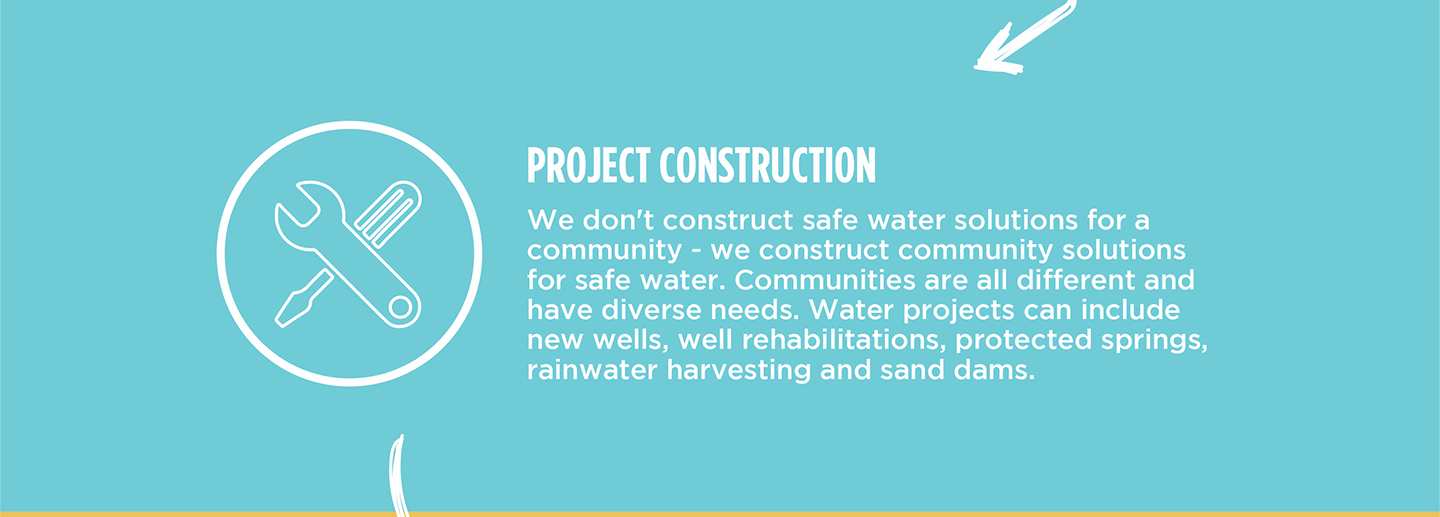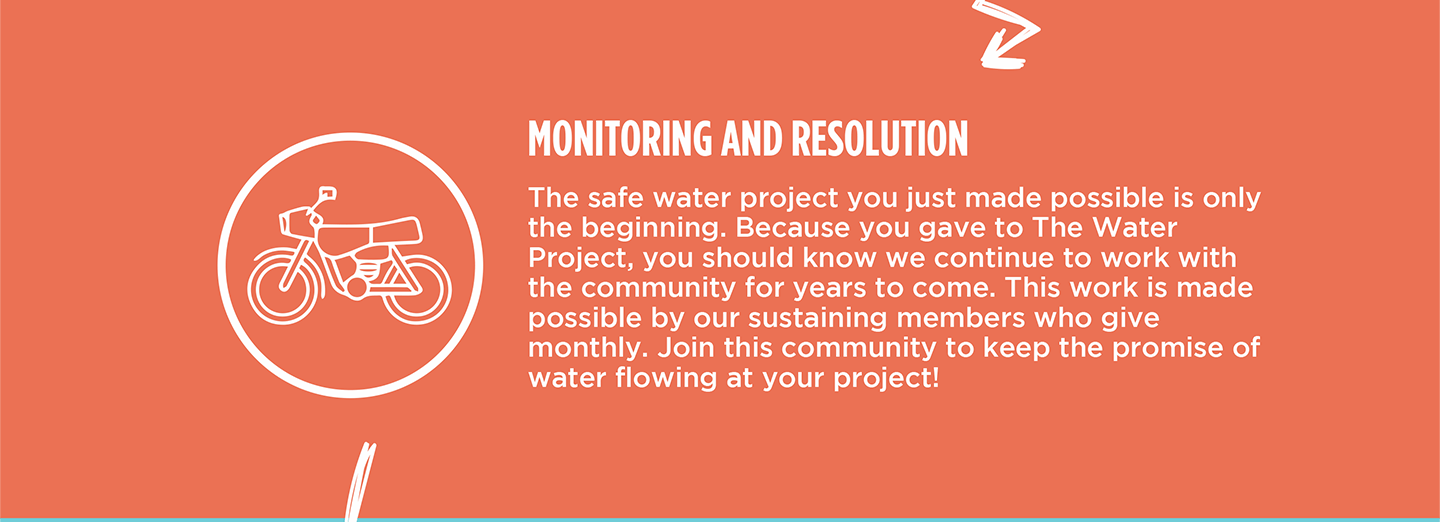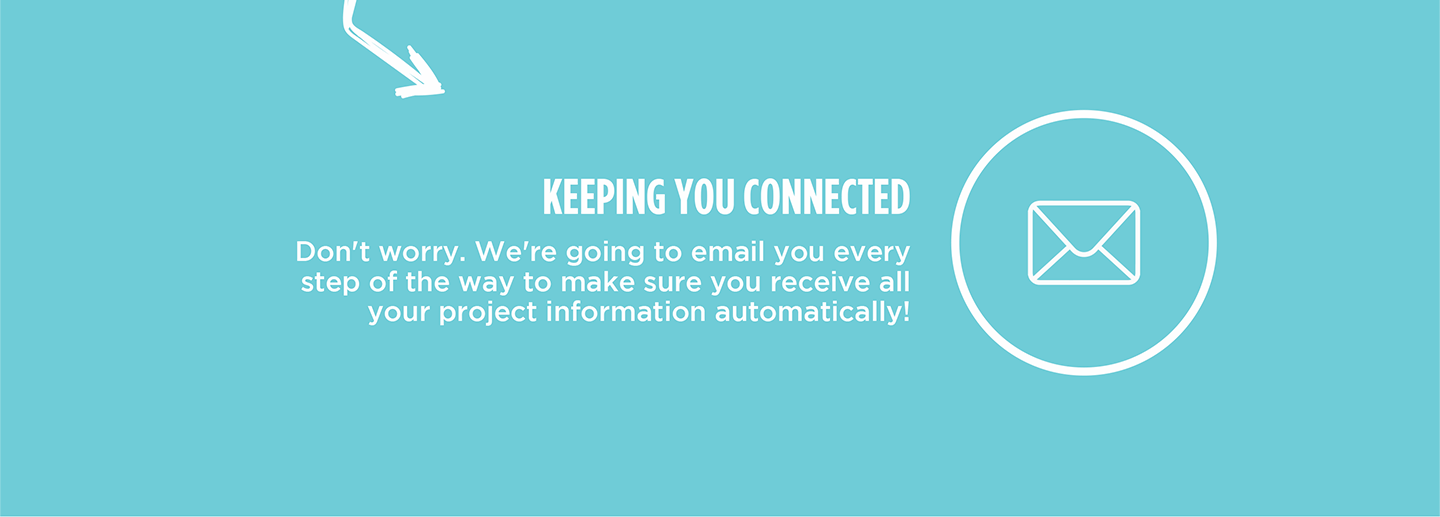In Petifu Junction, 107 community members struggle without access to clean, reliable water. Their only option is a distant, contaminated swamp—home to poisonous snakes and fraught with danger. Among them is Abu, a young man whose days are dominated by hardship. With water so scarce, survival overshadows every other responsibility.

Abu collecting water from the contaminated swamp.
Field Officer Phillip James Allieu described the swamp. "The source is located a considerable distance from the community, down a hill, and surrounded by forest. The swamp serves the agricultural activities of the community members. Water flows through the swamp, where farming and laundry activities take place, contributing to contamination. The water appears dark in color, with fallen leaves floating on the surface, while the muddy bottom further affects its clarity."

The current water source for Petifu Junction.
"The area remains cool, especially in the afternoon, due to the shade from the large trees. During the rainy season, the entire area becomes flooded, and the road leading to the water source becomes dangerously slippery," he continued.

Community members make the journey to the swamp to collect water.
It's been three long years since the people of Petifu Junction have had clean, accessible water. For 17-year-old Abu, it has felt much longer.
"I fetch water every morning and evening. I wake up early every morning to collect water before going to school, spending about two hours each morning on this task. After returning home from school, I spend an additional three hours fetching water for domestic use and drinking. Fetching water from the swamp is time-consuming due to human activities, such as farming and laundering, which slows down the process," Abu said.
"The long distance to the water source is another major challenge. Sometimes, I return from school feeling very hungry and exhausted, making it difficult to fetch water. In such moments, my energy is low, and I struggle to collect the expected quantity of water for the household," he continued.
Abu bears a heavy burden. Although he has hopes for the future, it's hard to pursue a passion when life is consumed by the crises he worries about each day.

Abu carrying water home.
"Sometimes, I feel burdened by the task of fetching water, especially when I return from school hungry. It is difficult to carry water on my head from the swamp and climb the hill back to the house. I feel worried about fetching water when I have school assignments to complete," Abu continued.
Field Officer Allieu, previously quoted, eloquently shared, "The resilience of the people struggling to fetch water in this community is remarkable. Water extraction has now formed part of life for users who then take long trips to the swamp to fetch water. They trek through the difficult path with smiles and chatting, carrying water on their heads."
"Interestingly, many people believe the swamp is safe simply because no one has died from using the water. But is this truly a reliable belief? No, it is a delicate assumption that emphasizes the urgent need for support to provide safe and sustainable water access," he continued.
Abu is excited about the possibilities a new waterpoint will bring!

Abu.
"The new waterpoint will be near my house, making it easier to collect water without struggle or delay. This will save the time I currently spend fetching water from the swamp. With this extra time, I can focus more on my studies, both at school and at home. I will also be able to help my mother with household chores and assist my parents in selling crops at the Petifu Junction market to earn more income. Having a waterpoint near my house will prevent me from the risk of snake bites and stumbling and falling along the road from fetching water from the swamp."
Giving Petifu Junction and Abu accessible, clean water will empower them to build a better life. He has lofty goals and the determination to achieve them. With clean water, Abu will make his dreams come true.
"I am committed to finishing my education and becoming a medical doctor. My goal is to be the one to build a health center in my community, ensuring that everyone has access to healthcare. Moreover, I will work to ensure there is enough water for everyone in the community and beyond," he concluded.
Steps Toward a Solution
Our technical experts worked with the local community to identify the most effective solution to their water crisis. They decided to drill a borehole well, construct a platform for the well, and attach a hand pump.
Well
Abundant water often lies just beneath our feet. Aquifers—natural underground rivers—flow through layers of sediment and rock, offering a constant supply of safe water. A borehole well is drilled deep into the earth to access this naturally filtered and protected water. We penetrate meters, sometimes even hundreds of meters, of soil, silt, rock, and more to reach the water underground. Once found, we construct a platform for the well and attach a hand pump. The community gains a safe, enclosed water source capable of providing approximately five gallons of water per minute. Learn more here!
Community Education & Ownership
Hygiene and sanitation training are integral to our water projects. Training is tailored to each community's specific needs and includes key topics such as proper water handling, improved hygiene practices, disease transmission prevention, and care of the new water point. Safe water and improved hygiene habits foster a healthier future for everyone in the community. Encouraged and supported by the guidance of our team, a water user committee representative of the community's diverse members assumes responsibility for maintaining the water point, often gathering fees to ensure its upkeep.
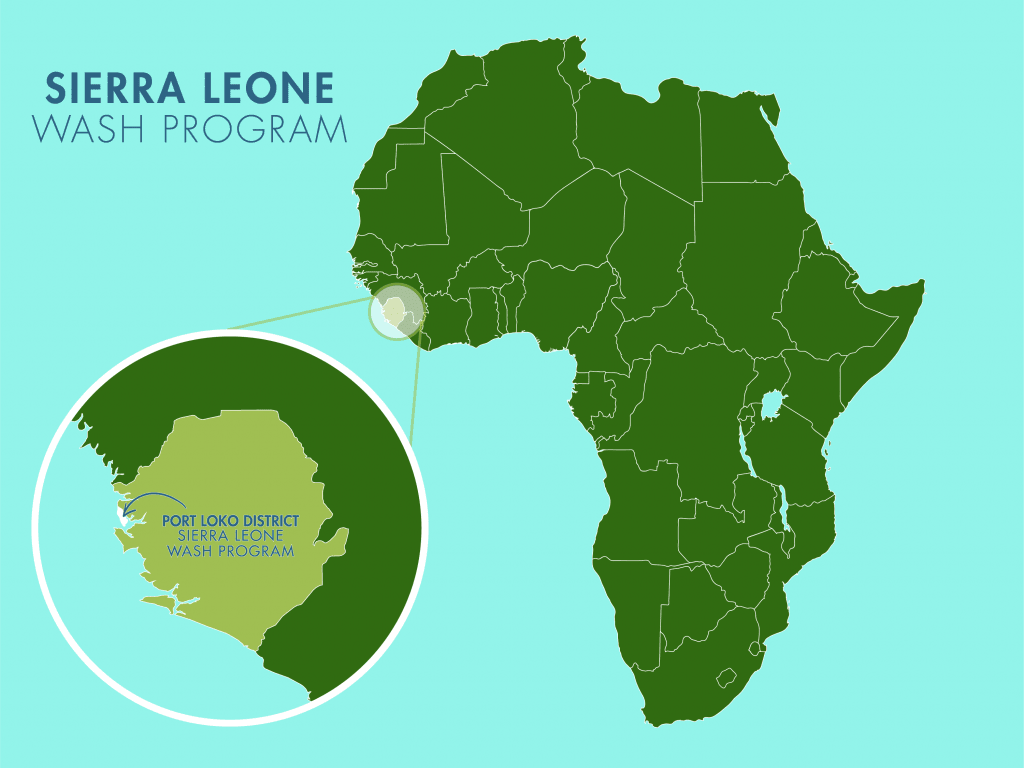
 Borehole Well and Hand Pump
Borehole Well and Hand Pump
 Rehabilitation Project
Rehabilitation Project

